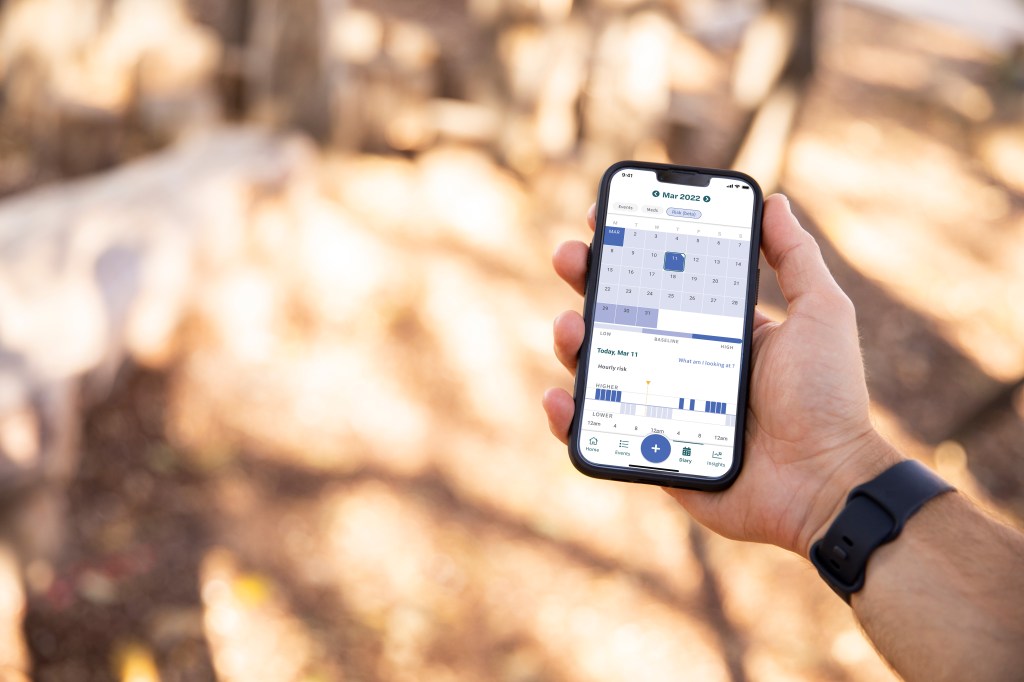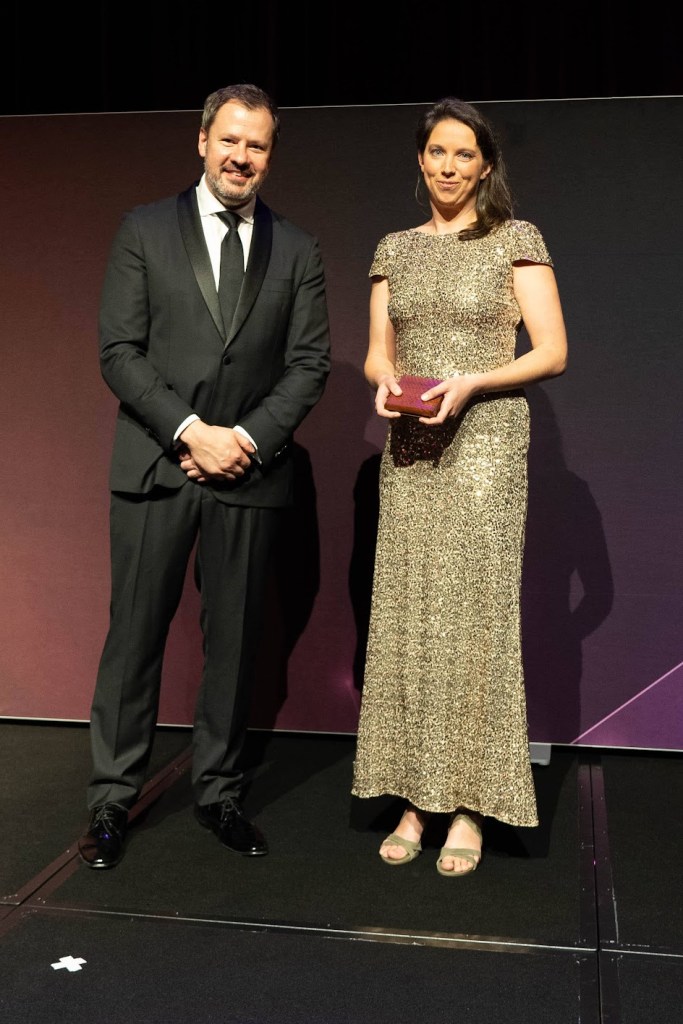Epilepsy is misunderstood by the community, but a new app is helping with understanding and treatment.

Dr Pip Karoly was recently the recipient of the 2022 Prime Minister’s Prize for New Innovators, recognised for her breakthrough scientific discoveries which established new methods for forecasting epileptic seizure risk.
During her PhD, Dr Karoly discovered that epileptic seizures do not happen randomly but occur in long-term cycles that are unique to the individual. She developed a breakthrough framework for forecasting periods of high and low seizure risk for epilepsy patients.
In 2017, Dr Karoly was a founding member of Seer Medical, Australia’s largest provider of epilepsy diagnostic services. The company combines engineering with medicine, to develop wearable and mobile technologies to empower people with epilepsy to better manage their health.
“My role is a little bit unusual in that it straddles academia and industry. I’m employed by the University of Melbourne in biomedical engineering and that is my research world and then I’ve been involved as a software developer and now more as a researcher with Seer Medical since they were founded in 2017.”
Dr Karoly led the development of a mobile app for people living with epilepsy, enabling world-first seizure risk forecasting via a mobile app. This technology has the potential to greatly improve quality of life, autonomy and productivity for millions of people living with epilepsy around the world.

Epilepsy is a neurological disorder that causes unpredictable seizures. More than 250,000 Australians live with epilepsy and globally, an estimated 65 million people live with epilepsy. The cause of many epilepsies is still unknown to researchers and no two patient experiences are alike. The unpredictability of epileptic seizures exposes people with epilepsy to potential physical harm, restricts day-to-day activities, and impacts mental well-being.
The forecasting technology enables people living with epilepsy to monitor and manage seizures at home via a mobile app and smartwatch. The app forecasts seizure risk, similarly to how a weather app can identify the likelihood of rain. Using the app, people with epilepsy can check their likelihood of having a seizure and plan their day better.
“By tracking their rhythms, we can’t tell when people will have a seizure, but it is more that we can see when they might enter their higher risk period,” Dr Karoly explains to Forbes Australia in an interview.
This can enable them to plan business meetings, or holidays or other commitments that will avoid those higher risk times.
“For a lot of people experiencing the seizures, they are living in constant uncertainty of not knowing when it might happen. There’s a range of issues that go with that. They might have anxiety or sleep or general safety issues. It can restrict the activities or work you might be able to do.
Epilepsy is still very misunderstood in the community. There is a lot of stigma so having it get this attention is really important and helps a lot of people.
– Dr Pip Karoly
“Giving them a risk forecast is about giving people back a sense of control. Preliminary surveys we have done with people show that even if they don’t necessarily change behaviours or activities based on the higher risk times, they are feeling better mentally.”
The app launched in the US in May as a “wellness” device and in Australia in July, with about 2,000 users of the app generating 600 active forecasts, updated weekly for users.
“With this information we are trying to put an understanding of their seizure risk into people’s hands. The next steps are to tie that to managing and reducing seizure risk with targeted treatments and intervention at high risk. That is what will move the app from a wellness product to a medical device where we can start to understand reimbursement pathways and really take it to that next level of standard clinical management and treatment.”
“Because we have published validation in scientific literature there is that trust capital in what we are doing. Doctors are already using it for some patients as an information tool. Doctors need to get information from their patients about when seizures are happening and when to make medication changes. So understanding cycles and understanding risk gives an important piece of information.”
People can be unaware of their seizures for a number of reasons and this can help bridge some of the information and knowledge gaps experienced.
There’s a lot more research needed as to why people’s seizures follow these cycles that are so unique to them, Dr Karoly says.
“Is it stress, cortisol, hormones, I suspect there will be different triggers for different people. So more research in that area will help us to better understand seizures and then get to the cause of the problem, rather than tracking the problem.”
“It has been remarkable how common these long-term cycles are when we know epilepsy is quite diverse. It is certainly something that we are hopeful that it can be a biomarker for which treatments might be more effective and something we use to help reduce reliance on medications.”

The Prime Minister’s Prizes for Science are the pinnacle of recognition of scientific achievement in Australia.
The prize for new innovators Dr Karoly was awarded was recognition of going from scientific discovery right through to translation to commercialisation.
“The event was just lovely to see the recognition of science. You don’t always associate the recognition of science with that level of glamour and acknowledgement. So that was very gratifying. I’m so very proud of the huge amount of work of such a very large team of students, researchers, software developers, engineers and designers at Seer. It will help us to continue to promote our work and getting funding in the future.
“One of the biggest outcomes of this prize is recognition and awareness of epilepsy. It means a lot to our research participants because they are very selfless and committed to putting their time in to helping us to develop these studies and this technology. Epilepsy is still very misunderstood in the community. There is a lot of stigma so having it get this attention is really important and helps a lot of people,” Dr Karoly says.
“It is so valuable to put the power of people’s own health data and their health outcomes into their own hands so you are not necessarily telling them what to do but you are saying here is your risk, here are your insights. You are empowering them to make their own decisions in health self-management.
“As a scientist, these long-term cycles are so mysterious and so intriguing. We don’t know what is causing them. They are very striking, and they are very common and we have seen them in people who don’t have epilepsy. So it is very much a ‘watch this space’ where we are going to start seeing the influence of these long-term biological rhythms and how that might affect other diseases, and how it might affect our day-to-day function and concentration or stress levels. It is intriguing to see how long-term cycles play out in lifestyle and wellness.”
The Seer app and seizure risk forecasting technology is available worldwide and free of charge to people living with epilepsy (via Apple and Google app stores).